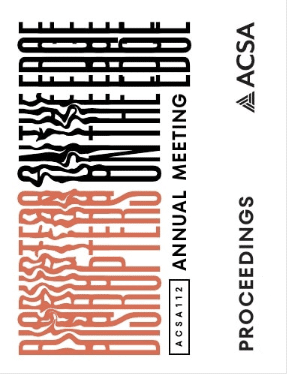Author(s): Dragana Zorić
Globally, wind energy is viewed as “carbon neutral”, recognized for generating clean, greenhouse gas-free electricity without an ecological footprint. Considered to be one of the most environmentally promising and economically viable sources of renewable energy, its growth worldwide has rapidly accelerated, spawned by governmental climate emergency response targets like Net Zero Emissions by 2050. Incentivized by markets, developments in technology have followed, resulting in massive increases in turbine size and capacity, despite challenges of delivery and distribution; these trajectories are poised to continue.With a lifespan of 20 to 25 years, a comprehensive life cycle analysis of wind turbine blades (WTBs) reveals a pressing environmental concern of their materials reuse (or disposal). Made of Glass/Carbon Fiber Reinforced Polymer, and fabricated to withstand immense wind force, both their material and assembly result in structural properties which currently preclude WTBs from being reused or recycled in a systemic, scalable way. Research and recent developments have resulted in targeted solutions which aim to change the stasis of key turbine component reuse. Challenging the perceptions of endlessly renewable energy and the fact that renewables are entirely carbon-neutral, this paper outlines factors that hinder large-scale reuse and recycling, touching on possibilities of the chemical and physical restructuring of the material; it focuses on possible upcycling options as a structural material in architecture and civil engineering, including large-scale use in the rewilding of waste landscapes.
https://doi.org/10.35483/ACSA.AM.112.36
Volume Editors
Germane Barnes & Blair Satterfield
ISBN
978-1-944214-45-6

 Study Architecture
Study Architecture  ProPEL
ProPEL 
